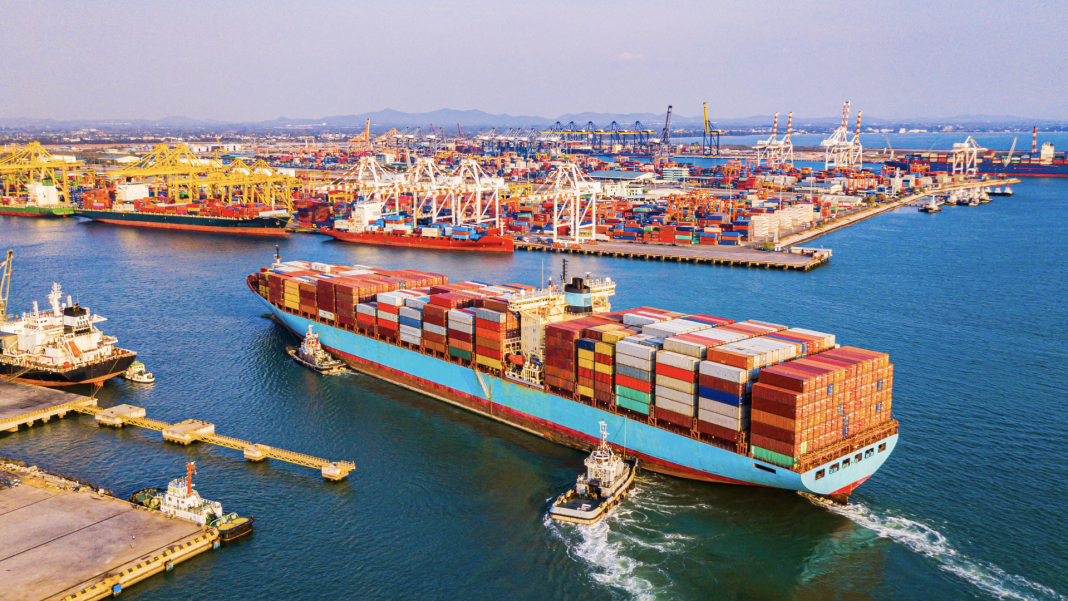The World Trade Organization (WTO) is projecting world merchandise trade to improve to 0.9 percent in 2025, up from the earlier forecast of a -0.2 percent contraction, with Asian economies to remain the largest driver of this volume growth.
The upgrade is mostly due to frontloading of imports in the United States, WTO economists said in a forecast update released this month. However, the new prediction is down from the 2.7 percent estimate pre-dating the US reciprocal tariff increases.
A surge of imports in the United States in the first quarter ahead of widely anticipated tariff hikes contributed to the upward revision to the forecast for 2025 issued by the WTO in April this year. Increased tariffs, however, will dampen trade in the second half of 2025 and in 2026.
The improved outlook is also partly due to a more favorable global macroeconomic outlook than many expected back in April. Contributing to the improved climate has been the depreciation of the US dollar against other currencies, which should ease financial conditions for developing economies.
Falling oil prices should also support growth in manufacturing economies, although it may simultaneously reduce import demand in oil-producing regions.
On the other hand, recent tariff changes are expected to have an overall negative impact on the outlook for global trade compared to the April forecast.
“This stems from a combination of factors. On the one hand, the US-China truce and exemptions for motor vehicles are contributing positively; on the other hand, higher ‘reciprocal’ tariff rates introduced on August 7 are expected to weigh increasingly on imports in the United States and depress exports of its trading partners in the second half of 2025 and in 2026,” said the report.
Looking ahead, the WTO expects higher tariffs over time to weigh on trade, bringing next year’s expected trade volume growth down to 1.8 percent from 2.5 percent previously.
By region, Asian economies are projected to remain the biggest positive driver of world merchandise trade volume growth in 2025, although their contribution in 2026 will be smaller than predicted in April. Asian exports are foreseen to grow by 4.9 percent in 2025 before dropping to 1.3 percent next year.
North America will weigh negatively on global trade growth in both 2025 and 2026, but its negative impact this year will be smaller than previously estimated due to stronger-than-expected frontloading of imports in the US in the first quarter.
Meanwhile, Europe’s contribution to trade in 2025 has gone from moderately positive to slightly negative. Other regions, including economies whose exports are largely energy products, will see their positive contribution to trade growth shrink between 2025 and 2026 as lower oil prices reduce export revenues and dampen import demand.
“Global trade has shown resilience in the face of persistent shocks, including recent tariff hikes. Frontloaded imports and improved macroeconomic conditions have provided a modest lift to the 2025 outlook,” said WTO director-general Ngozi Okonjo-Iweala.
“However, the full impact of recent tariff measures is still unfolding. The shadow of tariff uncertainty continues to weigh heavily on business confidence, investment and supply chains. Uncertainty remains one of the most disruptive forces in the global trading environment,” she said.




